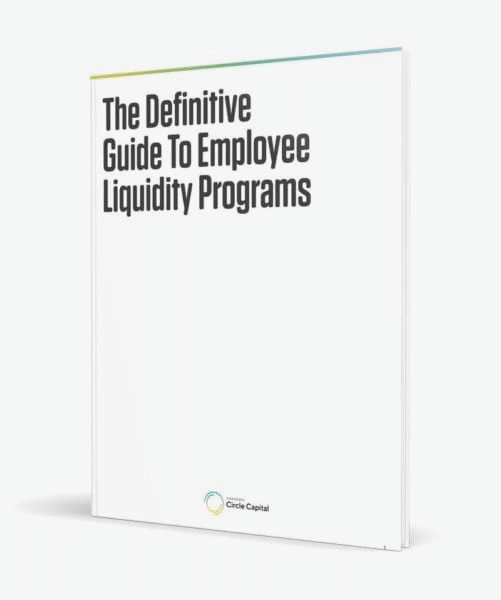Step 7
Exposure to Legal Liabilities
Preferred stockholders who sit on the company’s board should take care before purchasing an employee’s common stock or an early financial backer’s junior preferred shares, especially if the sellers are not privy to material non-public information. If the investor knows of plans, like an unannounced purchase offer or partnership that boosts the value of the company, the seller could have grounds for legal claims.
Brokers must be registered. Working with an unregistered broker in an employee liquidity program could result in claims that revoke the deal, putting the company and the broker at risk for lawsuits.







